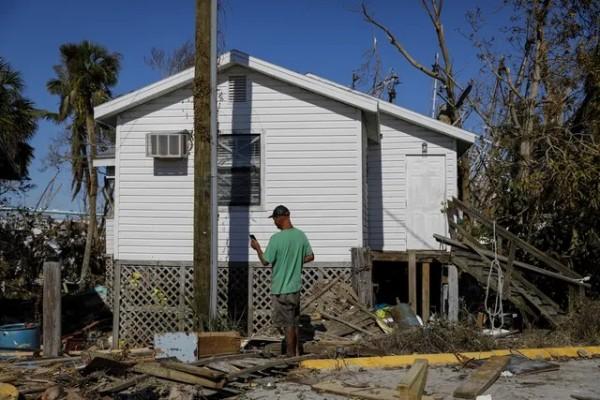For years, Twitter has been a go-to for agencies that need to warn people during a rapidly changing crisis. The National Weather Service uses it to share hurricane and tornado alerts. Firefighting agencies tweet updates about where a blaze is headed. It’s supposed to give people a heads-up so that they can take precautions to keep themselves safe.
Recently, though, agencies have started facing the real possibility of losing that resource. Twitter announced in February that it would restrict access to its previously open API, and over the past week, it’s cut off public service accounts for agencies such as the National Weather Service, the New York Metropolitan Transportation Authority, and Bay Area Rapid Transit. The accounts were later reactivated with little explanation. But emergency responders emphasize that Twitter isn’t the only platform to find the latest news in a disaster — and it may be an increasingly unreliable one.
Twitter’s API service, after its changes, lets users post 1,500 tweets per month for free. Beyond that, prices can increase steeply — the hobbyist-oriented Basic tier lets users post 3,000 tweets for $100 a month, and a “low-cost” enterprise plan could reportedly soar as high as $42,000. And for many emergency accounts, the free tier won’t be enough.
Although a network like Mastodon (part of the greater Fediverse) has no such limitations, and is a free and open-source network, there is still a chance of a server being discontinued. It may make sense though for a disaster agency to host their own server, or possibly for a broader government agency to provide such hosting for a number of disaster and other relief agencies.
Broadcast radio is also a good local option, but some countries are still busy transitioning away from analogue FM broadcasting to the newer digital radio, and of course not many have portable radio-wave receivers.
Another good option is cell tower broadcasts which take preference over normal SMS text messages or congestion on towers, they can be directed to specific geographic locations, and will reach all cell phones nearby including any tourists to the area. But this requires a proper arrangement to be in place between a disaster entity and the tower operators.
Yes, there is “always ham radio” but that really only reaches between licensed operators, and not to the broader public at large.

